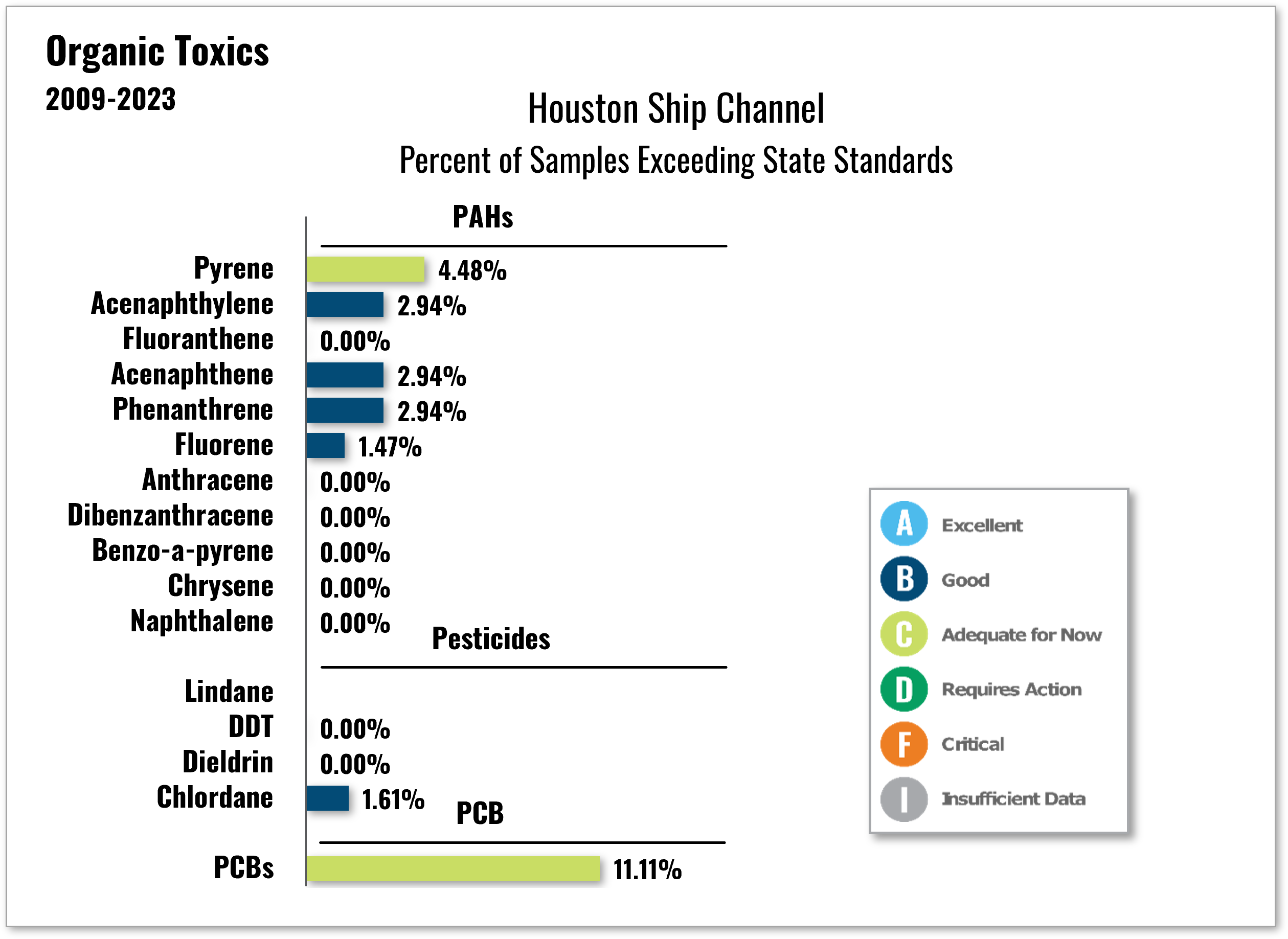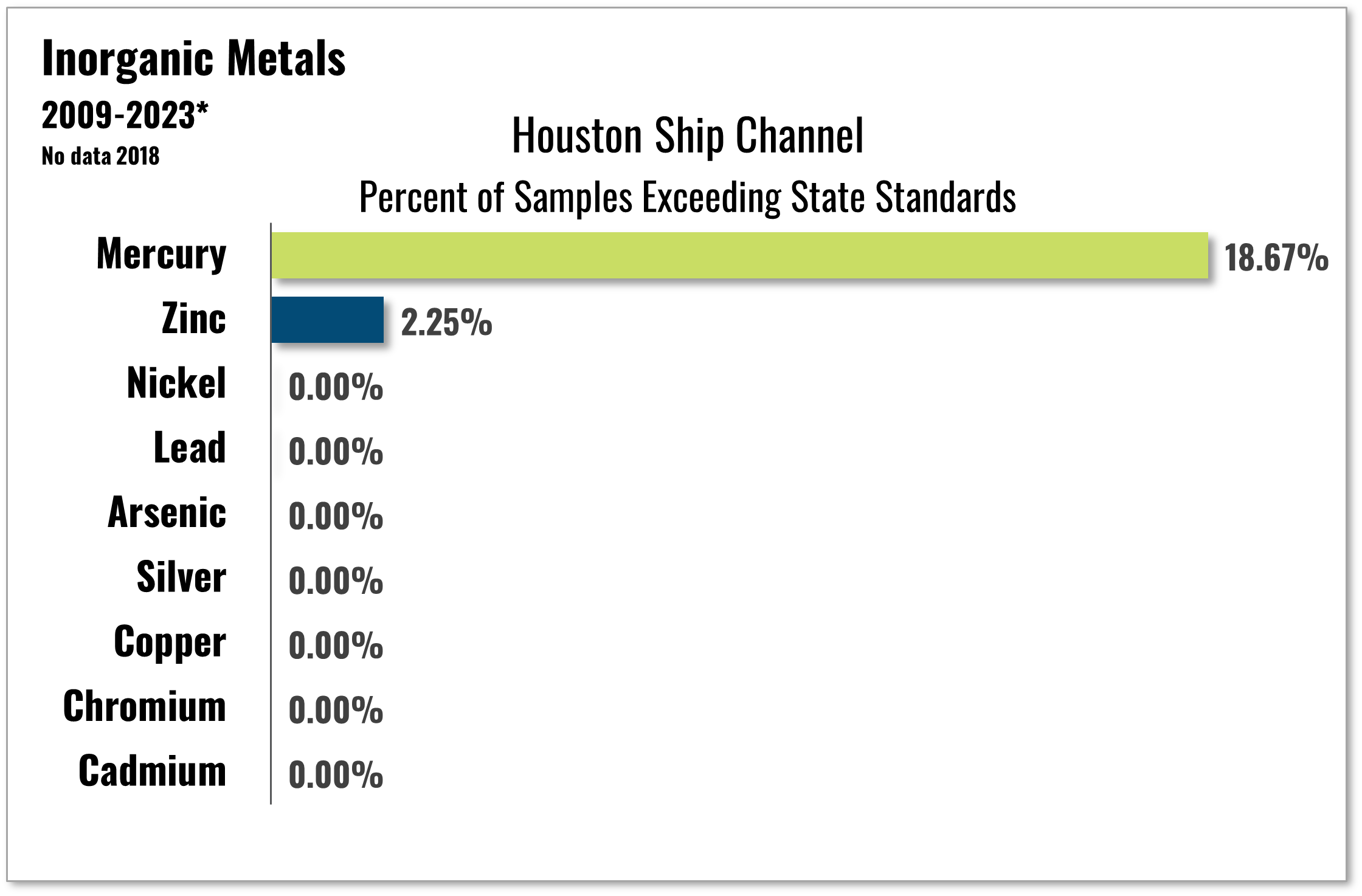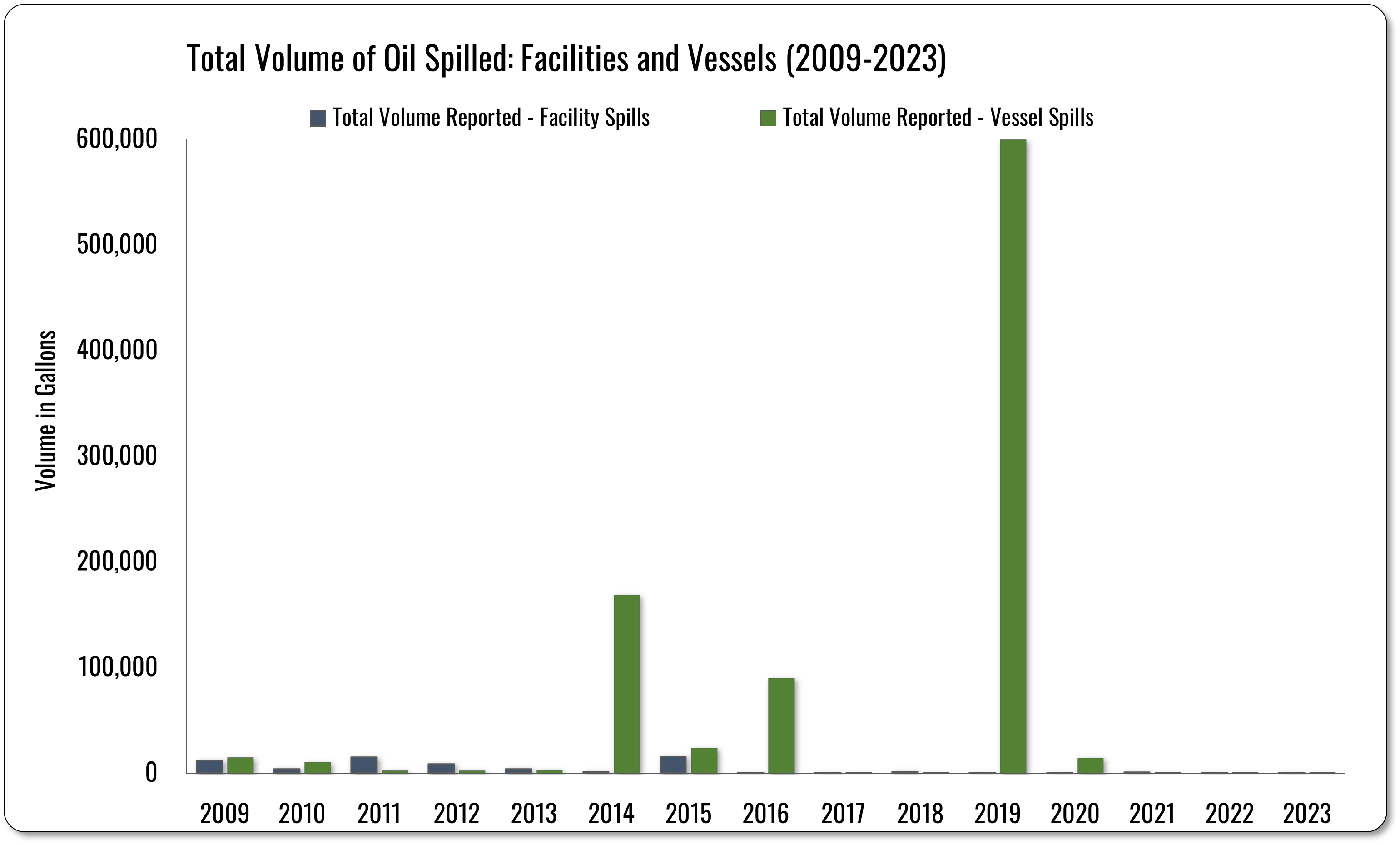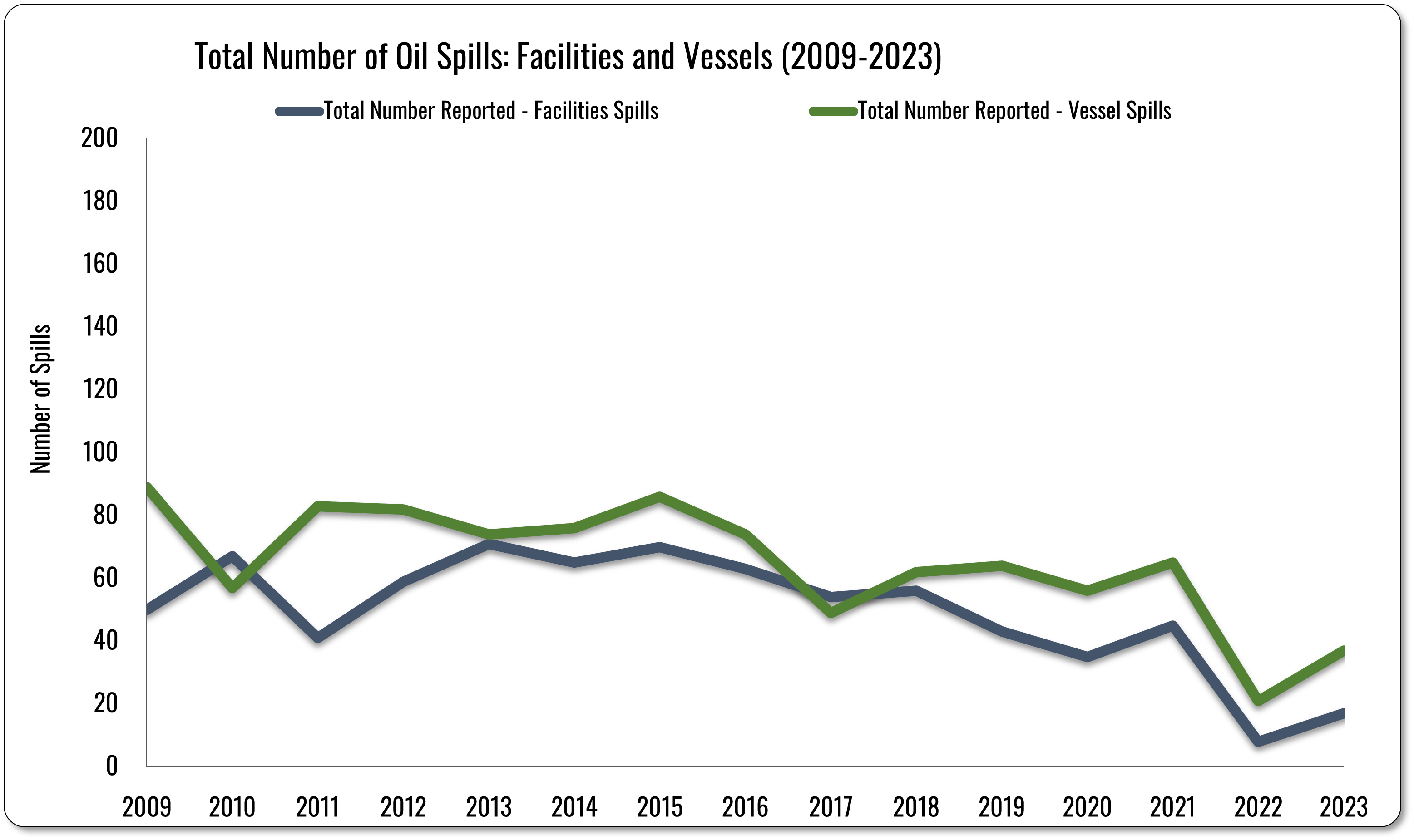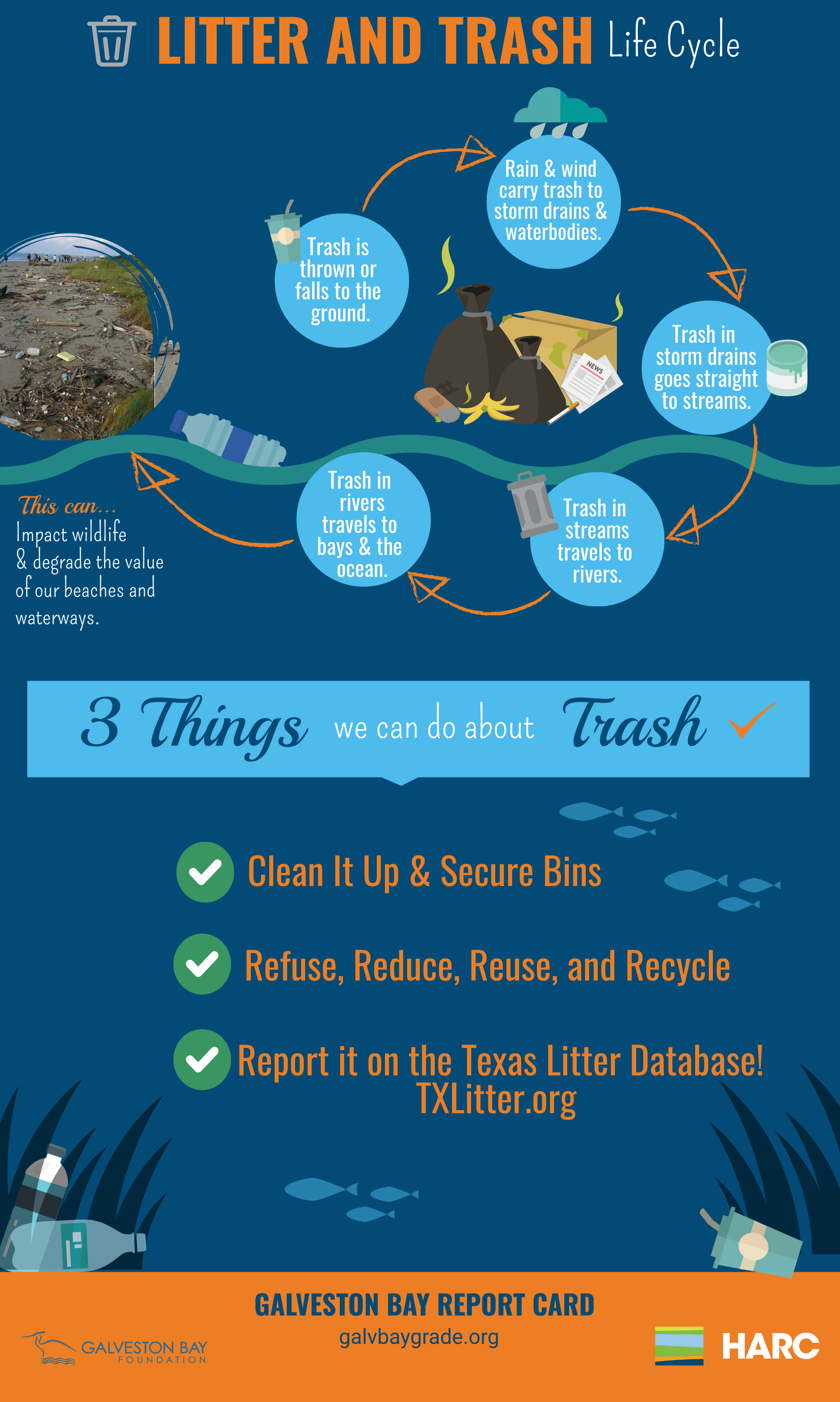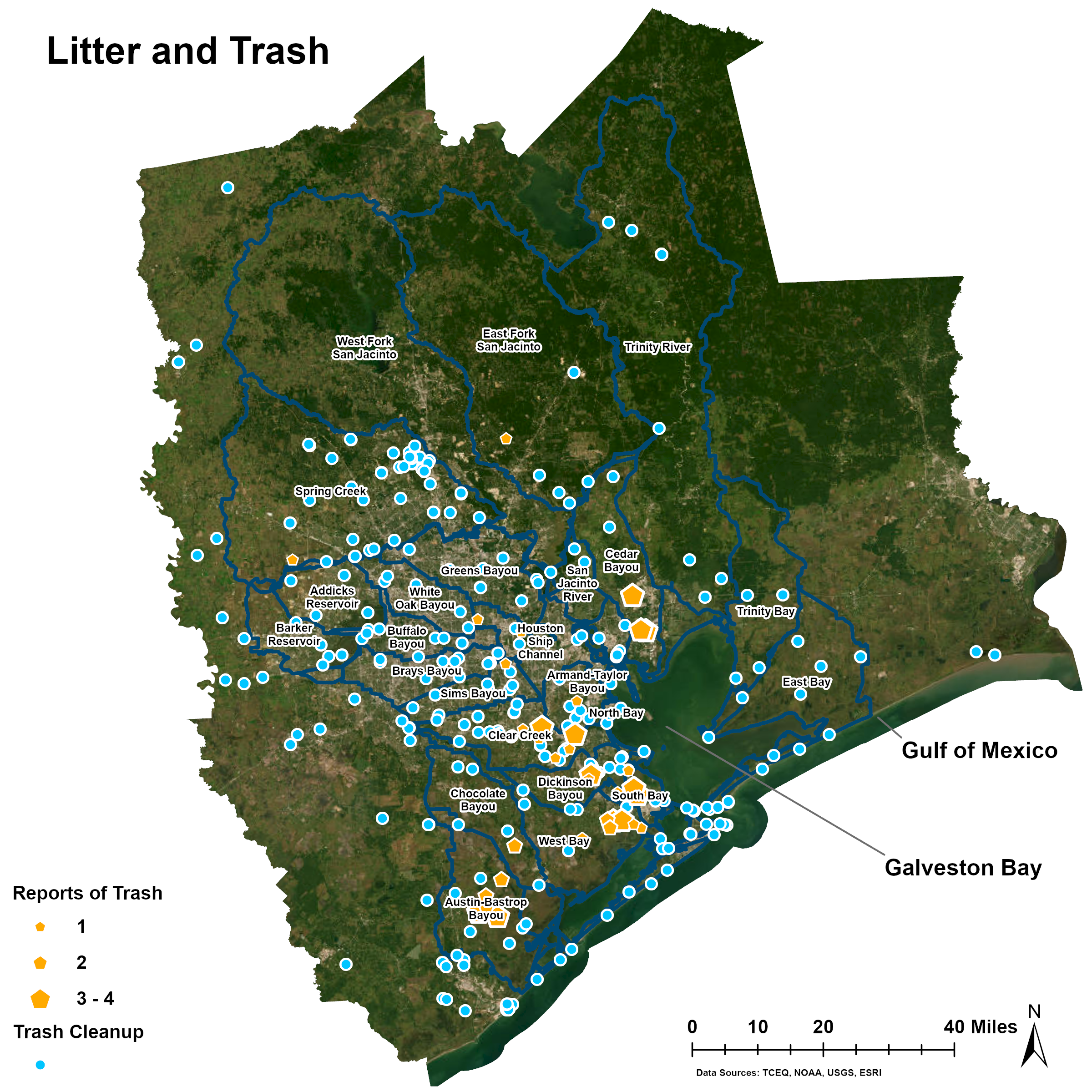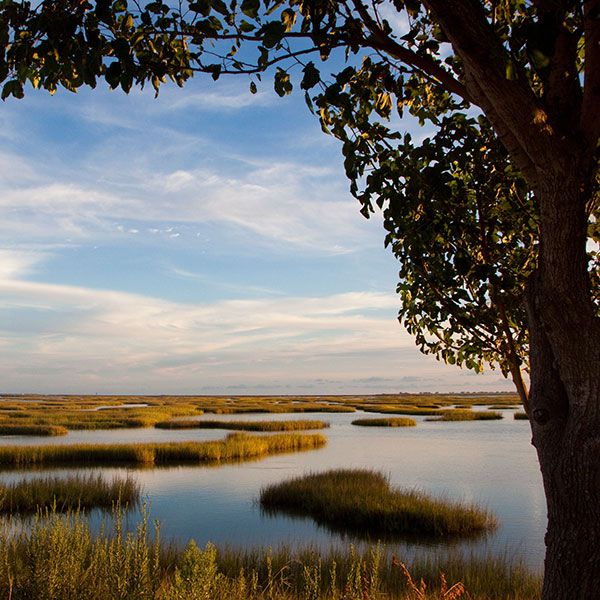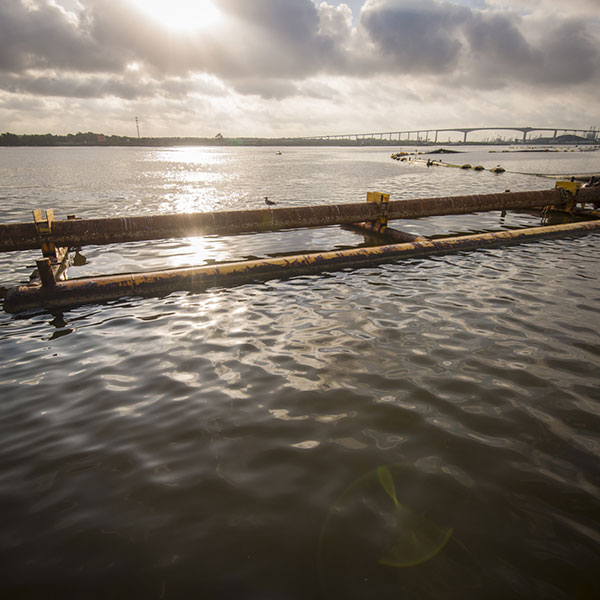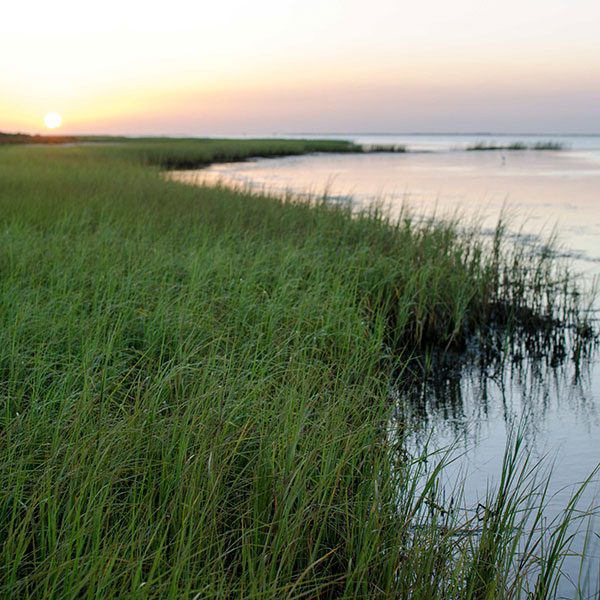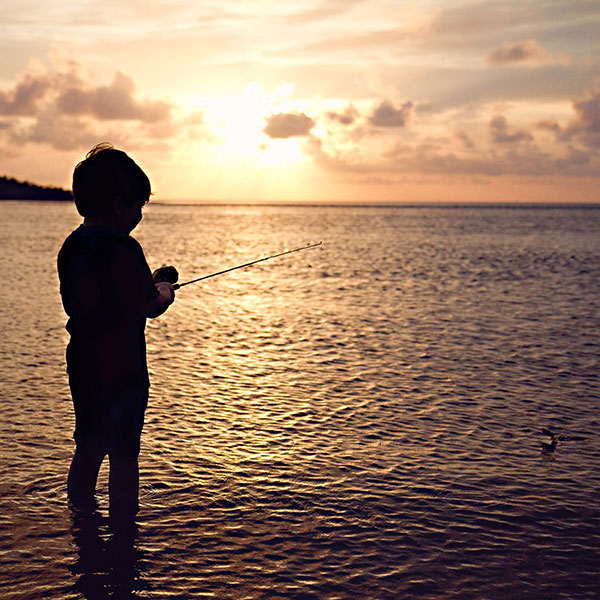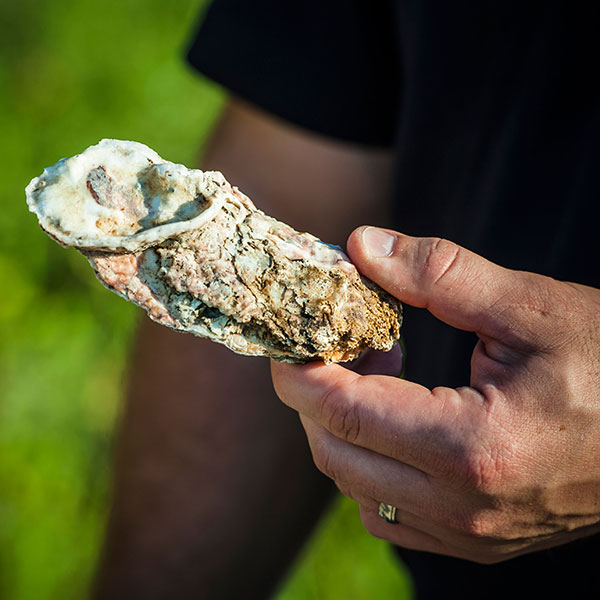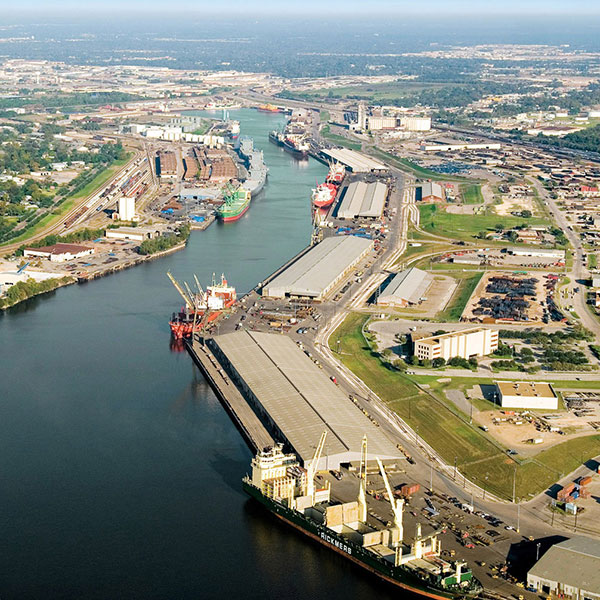Pollution Events & Sources Summary
What We Can do
Back the Bay by Keeping it Clean
- Urge local officials to prioritize the cleanup and preservation of the Bay.
- Report pollution using the Galveston Bay Action Network. Reports are sent directly to the appropriate authorities – no researching to find out where to send your concerns!
- Dispose of your trash properly.
Toxins in Sediment
Toxic chemicals pose a threat to our health and the health of the Bay and have led to the establishment of Seafood Consumption Advisories. Monitoring programs gather data describing toxins in sediments of Galveston Bay and the Houston Ship Channel, where elevated concentrations of metals such as mercury, and organic compounds such as PCBs, and polycyclic aromatic hydrocarbons (PAHs) are found in the sediment. The organic toxin levels in the Houston Ship Channel remained a B. The most common organic toxins found in sediments of the Houston Ship Channel is now Acenaphthylene, a PAH, . and PCBs, although their concentrations in the sediments of the Houston Ship Channel have improved. The most commonly found inorganic metal in the sediments of the Houston Ship Channel continues to be Mercury, the percent of mercury samples exceeding state standards went back up, changing the grade from B to C. The number of samples collected in the Houston Ship Channel remains low, making reporting on these pollutants challenging.
Dioxins in the Houston Ship Channel, are monitored as part of the San Jacinto Waste Pit superfund site, but there are not enough data to assess a grade for dioxins in Galveston Bay. Therefore Dioxins in Galveston Bay received a grade of “Incomplete”. The danger of legacy pollutants such as PCBs and dioxins is they can persist in the sediments for decades and can move into the Bay food web.
Houston Ship Channel Organic Toxics
What We Can do
Don’t Leave a Toxic Legacy
- Always dispose of household hazardous wastes properly.
- Ask your local waste disposal provider about hazardous waste recycling events and disposal locations.
- If you see possible toxic pollution in our watershed, report it to the Galveston Bay Action Network.
- Use natural-ingredient cleaning products whenever possible.
Galveston Bay Sediment Toxic Content
Oil Spills
Texas’ Oil Spill Prevention and Response program is world-renowned for its proactive and preventive initiatives to keep oil out of our water. However, on average, 187 oil spills have still been reported every year in Galveston Bay since 2009. Most spills are small—less than five gallons—while some are larger. The total number of spills is below average and earned a grade of A. In 2023, the volume spilled was well below the average, resulting in a grade of A.
Total Volume of Oil Spilled (2008-2022)
What We Can do
Keep Oil Out
- If you see oil, report it to the Texas General Land Office (GLO) Oil Spill Prevention and Response Program: 1-800-832-8224.
- Avoid eating fish, shrimp, or crabs that either have a chemical smell or taste, or come from areas where oil is present.
- Learn about the assessment and restoration process following the Deepwater Horizon oil spill in the Gulf of Mexico.
Total Number of Spills
Total Volume of Spills
Litter and Trash
Trash is an abundant pollutant in the Bay. Plastics are particularly harmful to animals that ingest them, causing malnutrition, toxic exposure, and even death. Although litter and trash are widely identified as serious problems for Galveston Bay and its tributaries, there is no systematic Bay-wide monitoring to reduce this kind of pollution. Assessments determining litter introduction pathways and hotspots along Bay and bayou shorelines could go a long to determining best practices to reduce future litter pollution. There is much work going on to improve monitoring and removal of litter and trash from Galveston Bay and its watershed.
What We Can do
Reducing Litter Starts in Your Neighborhood
- Secure your trash and pick up litter when you see it. Teach your children to do it too. Enter your litter cleanup data in the Texas Litter Database.
- Report dumping online using the Galveston Bay Action Network. Reporting pollution, whether deliberate or accidental, to the proper authority can help protect Galveston Bay.
- Join or start a movement to ban single-use plastic bags.
- Organize a cleanup for your neighborhood, local park, stream, or shoreline. Find a cleanup at TXLitter.org
- Use reusable bags and create or join partnerships to find best practices to reduce litter pollution.
Galveston Bay Litter and Trash
Rivers and Bayous Grade
